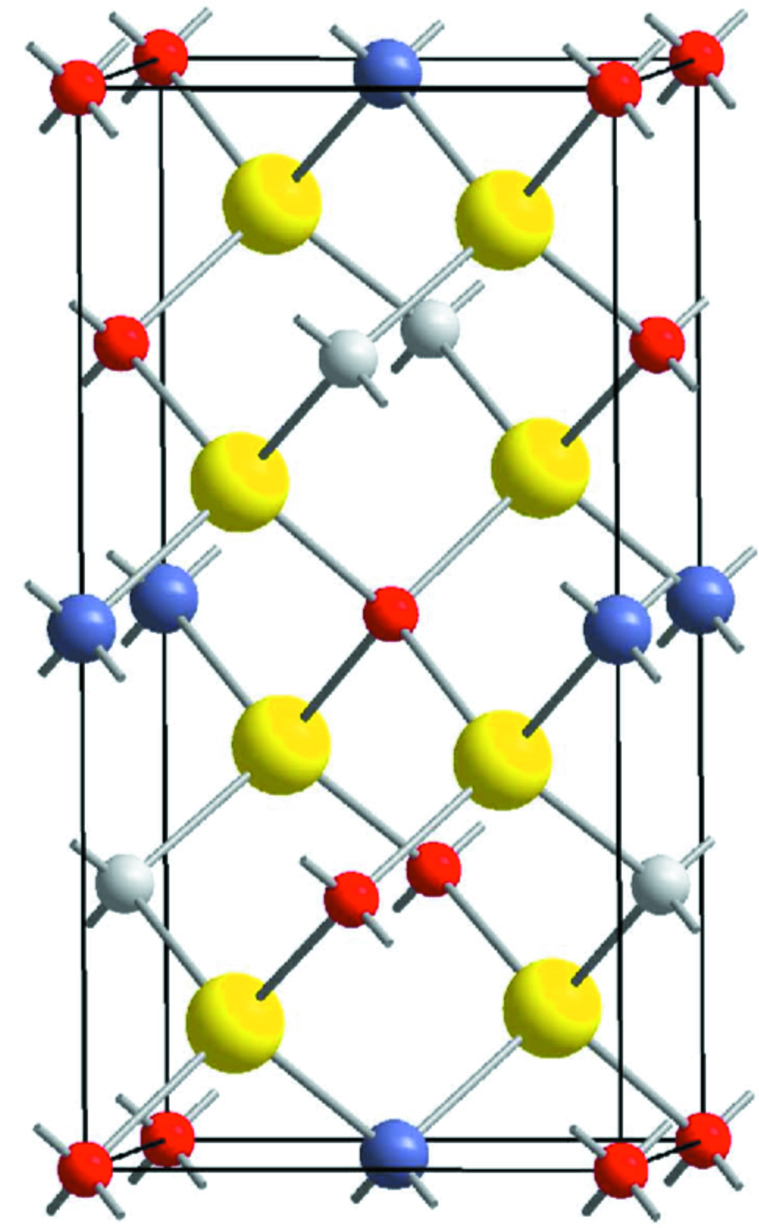Tiny crystals to boost solar
 A new approach to studying solar panel absorber materials has been developed by researchers in France [Lafond et al. Acta Cryst. (2014). B70, 390–394; DOI:10.1107/S2052520614003138]. The technique could accelerate the development of non-toxic and readily available alternatives to current absorbers in thin-film-based solar cells.
A new approach to studying solar panel absorber materials has been developed by researchers in France [Lafond et al. Acta Cryst. (2014). B70, 390–394; DOI:10.1107/S2052520614003138]. The technique could accelerate the development of non-toxic and readily available alternatives to current absorbers in thin-film-based solar cells.
The development of solar panel materials that are both non-toxic and made from readily available elements rather than rare and precious metals is a priority in developing a sustainable technology. Sulfide materials containing the relatively common metals copper, tin and zinc, so-called kesterites, have been proposed as solar cell absorber materials because they comply with these two demands. Experimental solar cells using Cu2ZnSnS4 (CZTS) have demonstrated energy conversion efficiencies of 8.4% and 12% for a seleno-sulfide analogue. New structural information is crucial to improving on these figures still further.
Unfortunately, kesterites are not amenable to conventional X-ray diffraction because copper and zinc ions are indistinguishable. Now, Alain Lafond and his colleagues at Nantes University and Pierre Fertey from Soleil synchrotron have demonstrated that it is possible to carry out resonant diffraction of a single crystal of the semiconductor CZTS.
The powdered precursor was prepared using a ceramic synthesis at a high temperature (1023 K) from the corresponding elements Cu, Zn, Sn and S. The product is heated for a further 96 hours to anneal it before it is plunged into ice-water to lock in the chemical structure present at that elevated temperature, a process known as quenching. Tiny single crystals of sufficient quality for X-ray diffraction were picked out of the powder. The researchers used laboratory powder X-ray diffraction and energy-dispersive X-ray spectroscopy analyses to test the purity of their product. They then carried out high-performance resonant diffraction on the CRISTAL beamline at the Soleil French synchrotron, which gives them the possibility to adjust the radiation wavelength in order to enhance the contrast between copper and zinc.
The data they obtained showed the annealing process generates a disordered structure that can be distinguished from the order kesterite structure despite the otherwise similar X-ray scattering pattern that would be generated by the copper and zinc ions in the ordered form. The team points out that the fabrication process for making a thin absorber film from CZTS in a solar panel is carried out at an elevated temperature and the disordered form is likely to be the active form produced which probably precludes high photovoltaic performance.
The findings offer important clues for the development of CZTS and related materials that avoid expensive and rare materials such as indium and tellurium in solar cells.
"The next step in this research is to determine the relationship between the synthesis conditions (quenching or slow cooling) and the actual Cu/Zn distribution in the kesterite structure," Lafond told us. He revealed that a new proposal to the Soleil French Synchrotron Facility has been deposited for the next experimental period and in the meantime structural disorder in kesterite materials can be investigated by solid-state NMR and Raman spectroscopy.


